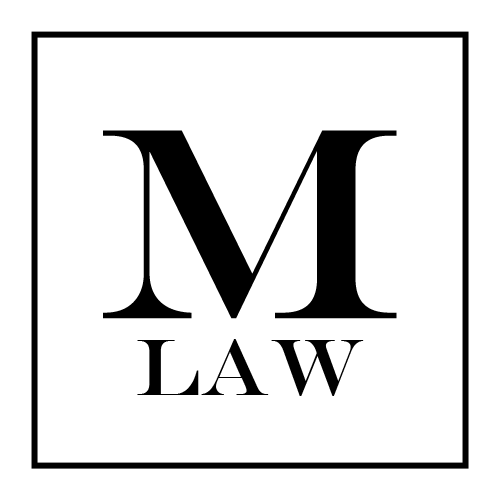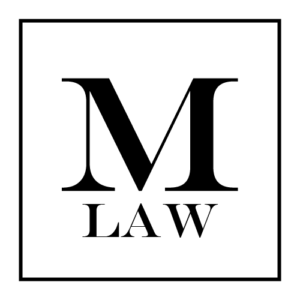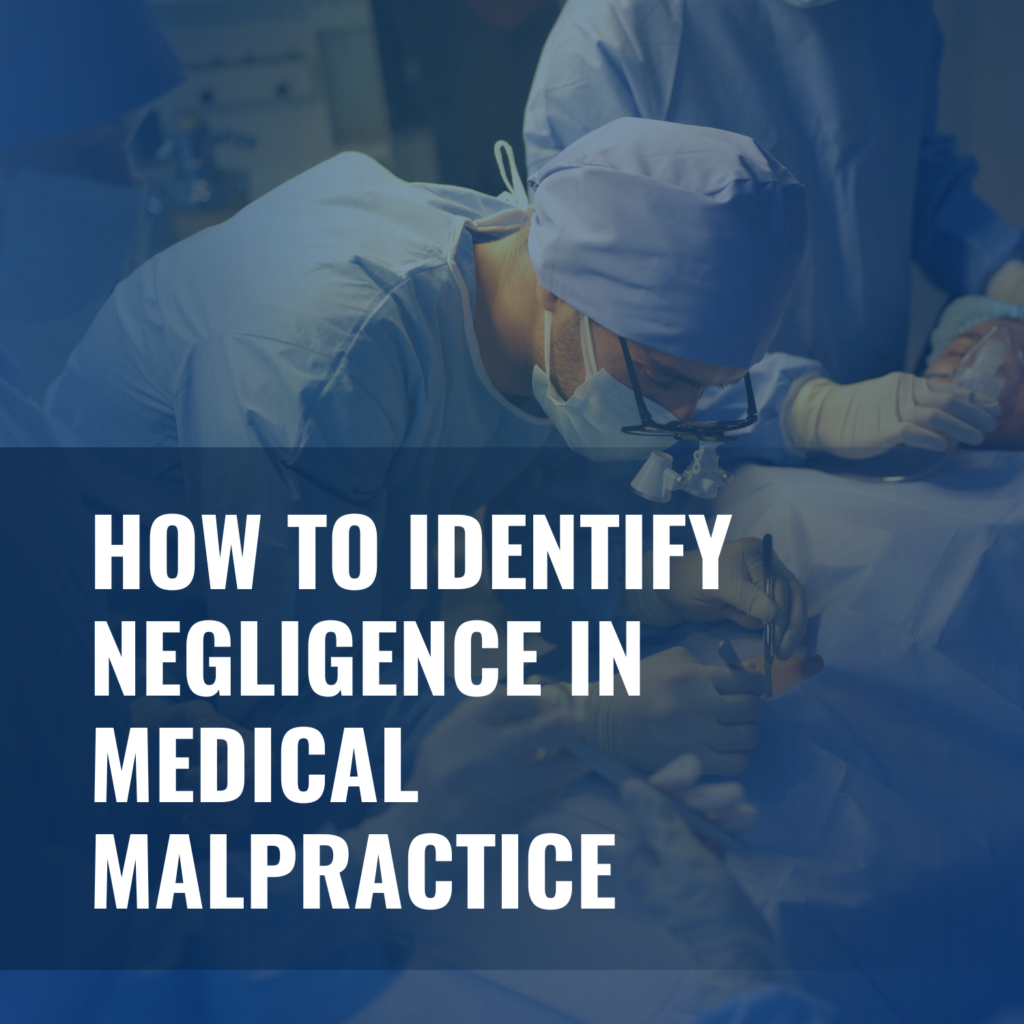Merson Law Review: VOL. III NO. 2 March 15, 2023
Editor in Chief: Steven E. North, Esq.
Case Editor: Emily C. Vaught, Esq.
Contributing Editors: Noah Werksman, paralegal; Shaun Lederman, intern
FEATURED CASE
1. NEGLIGENT INFLICTION OF EMOTIONAL DISTRESS NO LONGER REQUIRES PROOF OF “EXTREME AND OUTRAGEOUS CONDUCT” IN THE FIRST DEPARTMENT (NOR IS IT A REQUIREMENT IN THE 2ND, 3RD OR 4TH DEPARTMENTS)
Brown v. New York Design Ctr., Inc., 2023 NY Slip Op 01228 (1st Dept. March 9, 2023) [linked here]
Background: The 14 female plaintiffs alleged, inter alia, negligent infliction of emotional distress against the owner of the building where they worked. The case arose after a camera was discovered to have been surreptitiously installed in the women’s restroom by an unknown perpetrator. The camera had captured graphic videos of women using the bathroom. The videos did not show the faces of any of the women recorded, and only four could identify themselves in the videos based on various distinguishing characteristics. The plaintiffs testified that “when they learned of the videos they were upset, disgusted, mortified, distraught, felt violated, and ashamed.” The plaintiffs all testified to “paranoia and/or hypervigilance, many engaging in behavior such as habitually checking vents or looking for other spaces where cameras could be hidden, especially in public restrooms, dressing rooms, and hotel rooms.”
The defendant moved for summary judgment as to the negligent infliction of emotional distress claim, arguing that the plaintiffs failed to establish that (1) the owner’s conduct in not having inspected and discovered the camera was not “extreme and outrageous”, and (2) the plaintiffs did not fear for their safety—both claimed to be necessary elements of such a cause of action. The court (Gerald Lebovits, J.), relying upon the existing case law in the First Department, granted the defendant’s motion dismissing the negligent infliction of emotional distress claim.
Holding: The appellate court reversed and reinstated the negligent infliction of emotional distress claim, holding that “we now hold that extreme and outrageous conduct is not an essential element of a cause of action to recover damages for negligent infliction of emotional distress.” The Court held that there is “no stated rationale as to why extreme and outrageous conduct would be a required element for…a negligent act.” The Court held that the record supported a determination that the plaintiffs sustained emotional injuries which were compensable in that they met the requirement of a direct injury with a reasonable guarantee of genuineness. The plaintiffs testified to humiliation, embarrassment, feelings of being violated, and paranoia, all of which were reasonable and evincing of “an especial likelihood of genuine and serious mental distress, arising from the special circumstances.”
Editors’ Notes:
(1) As noted in its holding, the First Department overruled its prior decisions, noting that it is now “in line with recent decisions of the Second, Third and Fourth Departments.” In Taggart v. Costabile, 131 A.D.3d 243 (2d Dept. 2015) [linked here], the Second Department clarified that extreme and outrageous conduct is not a necessary element to recover damages for negligent infliction of emotional distress. In Stephanie L. v House of the Good Shepherd, 186 A.D.3d 1009 (4th Dept. 2020) [linked here], the Fourth Department also held that that extreme and outrageous conduct is not an essential element of a cause of action to recover damages for negligent infliction of emotional distress. Lastly, in Doe v. Langer, 206 A.D.3d 1325 (3rd Dept. 2022) [linked here] the Third Department held that unlike intentional infliction of emotional distress, a cause of action for negligent infliction of emotional distress does not require a showing of extreme and outrageous conduct.
(2) The appellate court’s holding in Brown formally abrogates the Court’s prior holding in Sheila C. v Povich, 11 A.D.3d 120 (1st Dept. 2014) [linked here]. Indeed, the Court explicitly stated, “[t]o the extent that a number of this Court’s past decisions have indicated that extreme and outrageous conduct is a required element in order to sustain a cause of action for negligent infliction of emotional distress, those cases should no longer be followed.” Accordingly, now the law in the First Department is that a breach of a duty of care resulting directly in reliable emotional harm is compensable even though no physical injury occurred, so long as the mental injury is a direct, rather than a consequential, result of the breach. However, “evidence must be produced that is sufficient to guarantee the genuineness of the claim.”
2. A SIGNED INFORMED CONSENT FORM ALONE IS INSUFFICIENT TO DEFEAT A CLAIM FOR LACK OF INFORMED CONSENT
Guinn v. New York Methodist Hosp., 2023 NY Slip Op 00308 (2d Dept. January 25, 2023) [linked here]
Background: In this medical malpractice action, the plaintiff claimed, inter alia, that the defendant did not properly inform her about the risks involved in proceeding with the premature delivery of her baby and the available alternatives. The defendants moved for summary judgment based upon a signed “informed consent” form. The trial court (Marsha L. Steinhardt, J.) granted the motion.
Holding: The appellate court reversed, holding that a signed consent form executed by the plaintiff “standing alone, does not establish a defendant’s prima facie entitlement to judgment as a matter of law” on a lack of informed consent claim. Here, the defendant’s motion failed to establish that the plaintiff was informed about the risks and benefits of inducing labor immediately, and the available alternatives thereto. Thus, the Court reversed and dismissed the motion for summary judgment on this issue.
Editors’ Notes:
(1) A cause of action premised on a lack of informed consent “is meant to redress a ‘failure of the person providing the professional treatment or diagnosis to disclose to the patient such alternatives thereto and the reasonably foreseeable risks and benefits involved as a reasonable medical . . . practitioner under similar circumstances would have disclosed, in a manner permitting the patient to make a knowledgeable evaluation.’” Karlin v. IVF Am., 93 NY2d 282, 292 (1999) [linked here] (quoting Public Health Law § 2805-d(1)) [linked here].
To establish a cause of action to recover damages for malpractice based on lack of informed consent, a plaintiff must prove: (1) that the person providing the professional treatment failed to disclose alternatives thereto and to inform the patient of reasonably foreseeable risks associated with the treatment that a reasonable medical practitioner would have disclosed in the same circumstances; (2) that a reasonably prudent patient in the same position would have not undergone the treatment if he or she had been fully informed; and (3) that the lack of informed consent is a proximate cause of the injury. See Spano v. Bertocci, 299 AD2d 335, 337-338 (2d Dept. 2002) [linked here].
(2) As noted by the Second Department in Guinn, the fact that a plaintiff signed a consent form does not, standing alone, establish a defendant’s prima facie entitlement to judgment as a matter of law. Indeed, the signing of a “generic” consent form (see Walker v. Saint Vincent Catholic Medical Centers, 114 A.D.3d 669, 671 (2d Dept. 2014) [linked here], does not establish that the injury the plaintiff sustained, in its nature and extent, was consistent with the type of injury they had been told to consider as being among the reasonably foreseeable risks of the medical procedure. See also Kozlowski v. Oana, 102 A.D.3d 751, 753 (2d Dept. 2013) [linked here]. A plaintiff’s testimony that they were not fully informed of the risks despite the signing of a consent form creates an issue of fact precluding summary judgment. See e.g. Wilson-Toby v. Bushkin, 72 A.D.3d 810 (2d Dept. 2010) [linked here].
3. “CALENDRICAL EXACTITUDE” IS NOT ALWAYS NECESSARY IN A NOTICE OF CLAIM
Fenton v. State of New York, 2023 NY Slip Op 00650 (2d Dept. Feb. 8, 2023) [linked here]
Background: The claimant commenced an action in the Court of Claims under the Child Victims Act (CVA) alleging that she was sexually abused “multiple times from about 1982 to 1983” by an employee of a workshop operated by the State of New York. The plaintiff sought to recover damages for the negligent hiring, retention, and supervision of the employee. The State moved to dismiss the claim on the ground, among others, that the claim failed to comply with Court of Claims Act § 11(b) because it did not specify the exact dates on which the alleged sexual abuse occurred. The court (Catherine Leahy-Scott, J.) granted the motion.
Holding: The appellate court reversed and referred to its prior holding in Pisula v. Roman Catholic Archdiocese of N.Y., 201 AD3d 88 (2d Dept. 2021) [linked here] which explicitly held: “We recognize that in matters of sexual abuse involving minors, as recounted by survivors years after the fact, dates and times are sometimes approximate and incapable of calendrical exactitude.” The Court held that it is “not reasonable” to expect the claimant to provide exact dates for when each instance of abuse occurred, given that the alleged sexual abuse occurred more than 40 years ago when the claimant was a child. Therefore, the date range of 1982 to 1983 sufficiently satisfied the “time when” requirement of Court of Claims Act § 11(b).
Editor’s Notes:
(1) The Court was careful to emphasize that its holding in this case was “a sui generis determination”– namely, that it was decided on its own unique facts. It emphasized that its decision here does not change its “jurisprudence with respect to the ‘time when’ requirement under different contexts”.
(2) Court of Claims Act § 11(b) [linked here] “places five specific substantive conditions upon the State’s waiver of sovereign immunity by requiring the claim to specify (1) the nature of [the claim]; (2) the time when it arose; (3) the place where it arose; (4) the items of damage or injuries claimed to have been sustained; and (5) the total sum claimed.” Lepkowski v. State of New York, 1 NY3d 201, 207 (2003) [linked here].
4. EVIDENCE – EXPERT TRIAL TESTIMONY ALLOWED DESPITE ALLEGED INSUFFICIENCY OF CPLR 3101(d) DISCLOSURE
Owens v. Ascencio, 2022 NY Slip Op 06133 (2d Dept. November 2, 2022) [linked here]
Background: This medical malpractice action arose from the development of an infection following a hysterectomy. A jury returned a verdict in favor of the defendants. The plaintiff appealed, arguing in pertinent part that the trial court (Elaine Slobod, J.) erred in precluding the plaintiff’s expert from testifying as to the source of the infection. The expert sought to testify that the infection originated during surgery. However, the trial court ruled that the expert was precluded from testifying as to this opinion because the expert disclosure only alleged that the substance of his testimony would be related to the “failure to timely diagnose and appropriately treat a postoperative wound infection.”
Holding: The appellate court reversed. It held that the expert should have been allowed to testify as to his opinion relating to the genesis of the infection being at the surgical site. In the plaintiff’s expert’s disclosure, which incorporated the bill of particulars, the defendants alleged “failure to discover a ‘festering infection’ and/or a ‘surgical site infection’ prior to the plaintiff’s discharge.” According to the Court, the expert’s proposed testimony was consistent, nonprejudicial, and unsurprising based on the allegations in their disclosure statement and incorporated bill of particulars. Further, the Court held that the preclusion of this expert testimony prejudiced the plaintiff, such that the error could not be deemed harmless. The case was remitted to the Supreme Court for a new trial.
Editors’ Note: CPLR 3101(d)(i) requires each party to “disclose in reasonable detail the subject matter on which each expert is expected to testify.” A court may properly preclude an expert from testifying concerning a new theory of liability not readily discernible from the party’s bills of particulars and the expert disclosure. However, as long as the expert’s disclosure statement is “not so inadequate or inconsistent with the expert’s [proposed] testimony as to have been misleading, or to have resulted in prejudice or surprise,” then the testimony should be permitted. Rabinowitz v. Elimian, 55 A.D.3d 813, 814 (2d Dept. 2008) [linked here] (quoting Gagliardotto v. Huntington Hosp., 25 A.D.3d 758, 759 (2d Dept. 2006)) [linked here].
BEWARE THE MISUSE OF THE “HINDSIGHT DEFENSE” IN MEDICAL MALPRACTICE CASES1
As it is often said, hindsight is 20/20. Indeed, it is easier to analyze events after they have occurred as opposed to when you are in their midst. As it pertains to medical malpractice cases, the determination of whether a defendant physician was negligent must be based upon the circumstances that existed at the time; deviations from the standard of care cannot be based upon hindsight.2
The hindsight rule is expressed in PJI 2:150, which provides that, “[w]hether the doctor was negligent is to be decided on the basis of the facts and conditions existing at the time of the claimed negligence.” For example, in Rodriguez v. Montefiore Med. Ctr., 28 A.D.3d 357, 357 (1st Dept. 2006) [linked here], the appellate court held that the plaintiff in a medical malpractice action failed to offer proper expert testimony that her cancer should have been discovered sooner, as the “plaintiff’s expert improperly relied on information which could not have been known to plaintiff’s doctors during the time they treated her.” See also Henry v. Bronx Lebanon Med. Ctr., 53 A.D.2d 476, 480-81 (1st Dept. 1976) [linked here] (“It seems to us unfair to fasten liability on these physicians based largely, if not entirely, on [an expert’s] hindsight judgments as to what should have been done. The defendants are to be judged on the facts as they existed … and not in retrospect and in light of subsequent events.).
However, not all opinion evidence offered by experts is prohibited by the “hindsight rule,” which is often misused and misapplied. There is an important distinction between expert opinions that rely on hindsight in determining that the standard of care was violated, and opinions that rely upon logical deductions made upon circumstantial evidence, the latter of which is entirely permissible. Indeed, the hindsight rule does not prohibit an expert from assessing facts or conditions which become manifest after the alleged medical malpractice in determining whether there was a departure from the standard of care.
For example, it would be inappropriate to charge a doctor with malpractice for engaging in conduct when she was not apprised of relevant facts at the time of her action. Thus, if it is learned after the conduct that the plaintiff had a particular predisposition to an injury (such as a blood clotting disorder) of which the doctor had no reason to know about at the time, and if known would have dictated a significantly different course, she could not be found to have committed malpractice for her action. On the other hand, if a harmful foreign object is later discovered in the operative site or a nerve injury is manifest immediately following surgery, or an intraoperative perforation is discovered during a reoperation, it would be appropriate to properly consider this “hindsight evidence” in deducing that such occurrences reflected upon the conduct of the doctor in determining the propriety of her conduct.
In short, “[f]acts or conditions that develop or become manifest after the alleged medical malpractice may be highly relevant and perfectly appropriate in determining whether there was a departure from the standards of care . . . Deductive reasoning of this nature is commonly applied by medical experts, particularly in cases involving medical procedures. Although such determination utilizes information or conditions that become known after the subject treatment, this type of opinion evidence is not prohibited by the hindsight rule.” See Fn. 1.
Plaintiffs counsel must be alerted to the oftentimes inappropriate argument by defense counsel that the use of any post conduct information is impermissible “hindsight evidence” and must not be considered See Fn. 1; see also Lin v. Wong, 202 A.D.3d 406 (1st Dept. 2022) [linked here]. Indeed, as early as in jury selection, plaintiff’s counsel must be sensitive to this issue and, if raised, assure that the jurors are not misled.
1See Moore, Thomas A. & Gaier, Matthew, Departure from Accepted Standards: Navigating the Hindsight Rule, NEW YORK LAW JOURNAL (April 5, 2022).
2It is of note that hindsight evidence should not be confused with hindsight bias. See e.g., Hugh, Thomas B. & Tracy, G. Douglas, Hindsight bias in medicolegal expert reports, THE MEDICAL JOURNAL OF AUSTRALIA (March 18, 2022) (“There is evidence that hindsight bias, which may cause the expert to simplify, trivialise [sic] and criticise [sic] retrospectively the decisions of the treating doctor, is inevitable when the expert knows there has been an adverse outcome.”).








